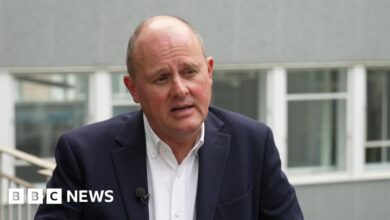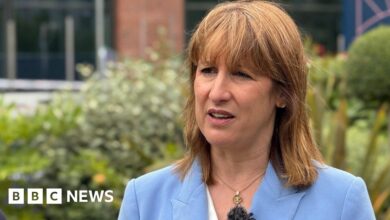Starmer’s plan to solve housing crisis faces first big test
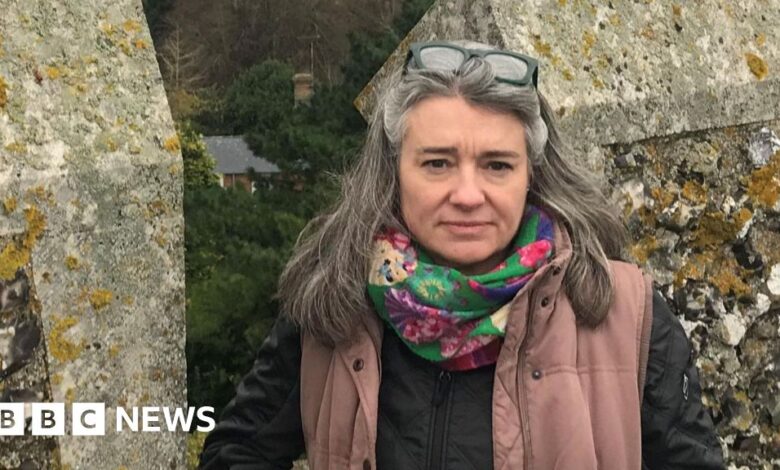
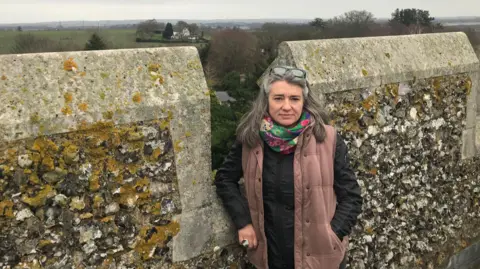 BBC
BBCSir Keir Starmer has unveiled sweeping changes to the planning system that could see councils forced to consider building on green belt land in England.
The prime minister has vowed to override “blockers” standing in the way of building the new homes needed to solve the housing crisis.
But some locals in the areas where these houses will need to be built are steadfast in their opposition to more housing.
One rural corner of Kent is rapidly becoming a test case for how determined the government is to force through planning decisions in the teeth of local objections.
Housing Secretary Angela Rayner stepped in at the last minute and took the decision about whether to go ahead with an 8,400 home development out of the local council’s hands.
While it’s not unusual for ministers to intervene in planning applications, the scale of this potential development means it’s being viewed by many as an early test of the government’s approach.
If you have the stomach for it, you can climb the narrow crumbling stone spiral staircase to reach the roof of St Nicholas’ Church in Rodmersham.
From the top of the Norman church you get a panoramic view of north Kent. Directly below there is an apple orchard, beyond that fields of arable farmland with the occasional house, and in the distance the town of Sittingbourne, silhouettes of Thames Estuary heavy industry visible against the sky.
This is the land where Quinn Estates developers want to build 8,400 homes, new schools and a new road.
“It’s an absolutely colossal development, it will have a devastating impact on this area,” says Monique Bonney.
She grew up in Rodmersham and after living and working across the world returned to the village. She got married in St Nicholas’ Church and has been an independent councillor for the area for 18 years.
She is not just concerned about the size of the new development – Rodmersham is currently made up of 275 homes – but how much will be affordable.
Only 760 homes, she says – about 9% of the proposed development. The developers say the level of affordable housing will be decided at a future inquiry.
But others say the proposals are desperately needed, both for the local area and nationally. The UK has one of the worst housing shortages in the rich world.
Sittingbourne Football Club chairman Maurice Dunk thinks the development is exactly what the area needs.
His club is flying high at the moment – second in the South East Division of the Isthmian league and on an FA trophy run.
It is sponsored by Quinn Estates and would get a new stadium if the plans go ahead.
“The town is in a bit of a state. We need the roads. Between Sittingbourne and Sheppey there’s over 100,000 people trying to use one motorway junction.
“I appreciate the local people don’t want the houses, nobody does, but the business community definitely wants this to retain jobs in the area and hopefully expand jobs in the area.”
Monique Bonney says the area has the worst GP-to-patient ratio in the country. New medical facilities are included in the development proposal, but she is sceptical this will happen.
“I think my experience of 18 years of being an independent parish councillor and a district councillor has demonstrated that the system has utterly failed and government is absolutely incompetent for trying to deliver infrastructure services to local people.”
Chris Mitchell, landlord of the local Fruiterers Arms pub, is similarly opposed: “It will no longer be a village, it will just be another part of a commute to London.”
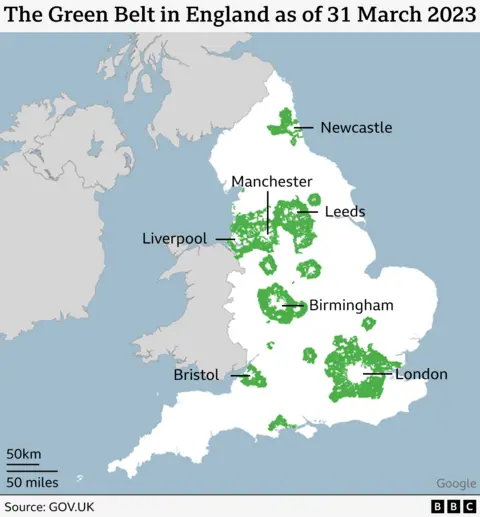
Bonney is not the only councillor opposing the proposals – the local Labour-led council was on the verge of voting to reject them.
But at the eleventh hour it was “called in” by Housing Secretary Angela Rayner. This means the government will take over the planning application rather than let the local authority decide.
“It seemed very undemocratic,” said local Green Party councillor Rich Lehmann.
“They [councillors] should have been able to make their decision, even if it went to appeal after that decision was made.”
Labour MP Kevin McKenna was one of around 70 others who asked Rayner to intervene in the decision.
He said: “I definitely wanted it called in. This [decision] has been running round the houses. I wanted it properly assessed.”
“Both the major parties pledged to cut through these blockages to building, and Labour made it really clear we were going to look at planning from the get-go.”
This is the kind of battle the Labour government faces if it wants to meet the target it has set itself.
After a two-month consultation, ministers have published the final version of changes to the National Planning Policy Framework (NPPF). The government says it will:
- Give councils mandatory targets to deliver 370,000 homes a year in England
- Prioritise brownfield sites – disused areas that have been developed in the past – for new buildings
- Provide £100m for councils and 300 additional planning officers to speed up the planning process
- Order councils to identify lower quality green belt land – or “grey belt” land which could be built on.
The housing secretary said the government would “deliver the housing and infrastructure in a more co-ordinated way”.
“In the past we haven’t seen that. We’ve seen years of dither and delay, legal challenges.”
Adam Hug from the Local Government Association said: “People cannot and do not live in planning permissions”.
He said local authorities should be given greater powers to force developers to build once they had secured planning permissions, rather than sitting on the land.
Shadow housing secretary Kevin Hollinrake said: “Labour will bulldoze through the concerns of local communities.”
During the consultation phase, local councils told the government its housebuilding plan was “unrealistic” and “impossible to achieve”.
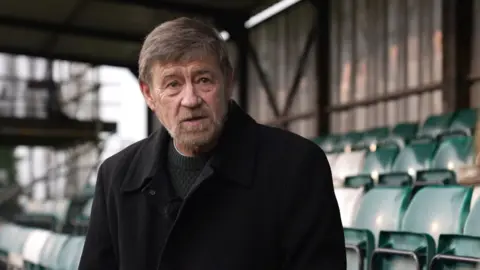
Sittingbourne FC chairman Dunk is confident that the proposal will deliver “desperately needed” schools and GPs.
He is happy the development proposal got called in: “I really don’t want to be disrespectful to our local council, but it might be too big for them to decide on.”
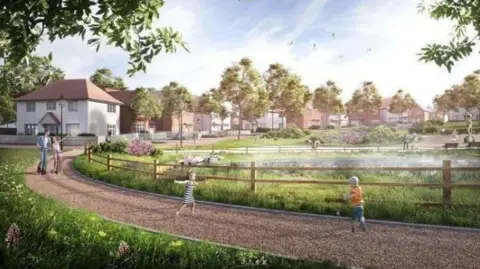 Quinn Estates
Quinn Estates



